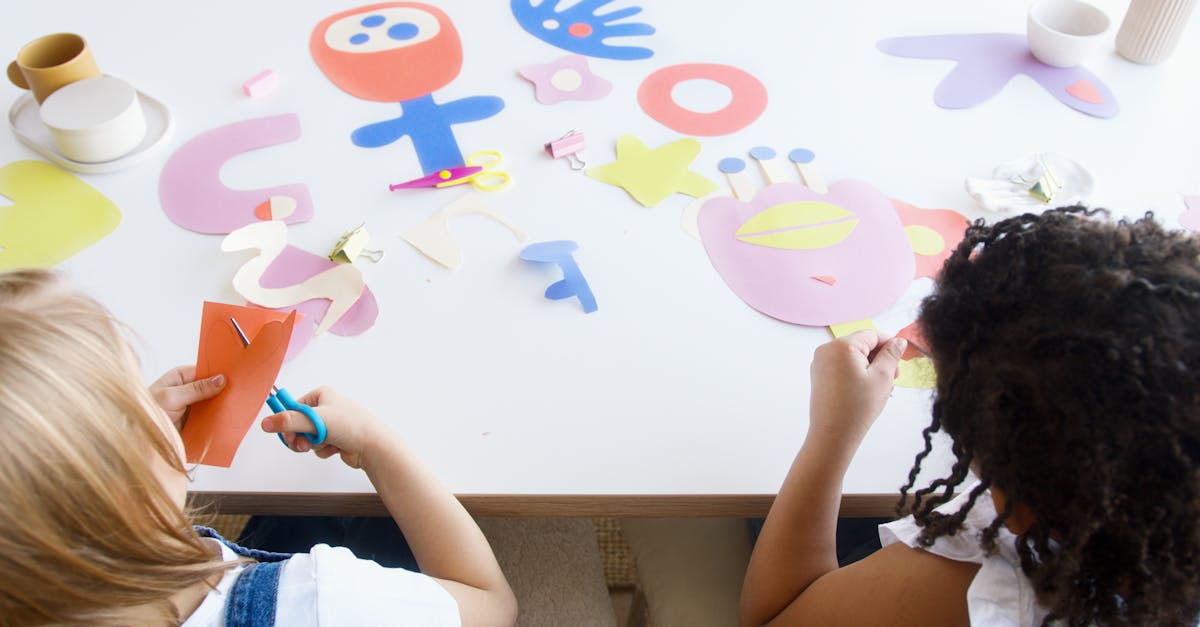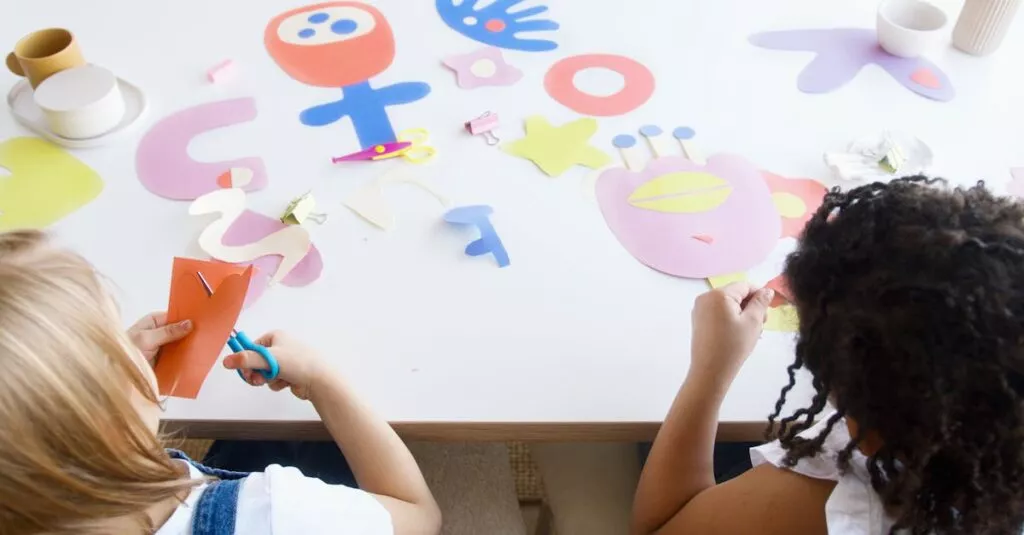Understanding Sibling Rivalry
Sibling rivalry is a common experience in many households. It involves competition, jealousy, and friction between siblings. This can lead to a range of psychological effects on children. Understanding these dynamics is crucial for parents. Sibling rivalry often starts at a young age and can affect kids’ emotional development. When left unchecked, it can lead to long-term conflicts. This blog will delve into how these rivalries shape children’s minds.

Common Emotional Responses
Children often experience a mix of emotions due to sibling rivalry. These can include:
- Jealousy
- Anger
- Frustration
- Sadness
Kids might feel they are not given equal attention or that their sibling is favored. They may also feel a sense of inferiority. These feelings can affect self-esteem and self-worth. Recognizing these emotions early can help mitigate their impact. Parents should be aware of signs of distress in their children.

The Role of Parents
Parents play a crucial role in managing sibling rivalry. It’s essential to create an environment of fairness and respect at home. Parents should avoid making comparisons between siblings. Encouraging cooperative activities can help reduce rivalry. Setting clear rules about acceptable behavior is also crucial. Regular family meetings can provide a platform for siblings to voice their feelings and resolve conflicts together. This fosters open communication and mutual understanding.

Tips to Mitigate Sibling Rivalry
There are several strategies parents can use to reduce sibling rivalry. One effective approach is to spend one-on-one time with each child. This helps make children feel valued and reduces competition.
Encourage teamwork by assigning tasks that require cooperation. Praise children for their efforts, not just outcomes. This helps build confidence and reduces jealousy. Setting boundaries for acceptable behavior can also reduce conflicts. This emphasizes respect among siblings.

Turning Rivalry into Cooperation
Parents can turn sibling rivalry into cooperation by promoting teamwork. Encourage siblings to work together on projects. Play-based activities that require cooperation can also help. This can turn competition into camaraderie. Reinforce positive behavior with rewards and praise. This encourages siblings to see each other as partners rather than competitors. In time, this can help transform rivalry into a strong sibling bond. It encourages children to support each other.

Long-Term Effects on Children
The long-term effects of sibling rivalry can be significant. Unresolved conflicts can lead to strained relationships in adulthood. Children might carry feelings of inadequacy or low self-esteem. However, with proper intervention, these effects can be mitigated. Parents should aim to resolve conflicts and encourage positive interactions. This helps children to develop healthy relationships. A supportive home environment is key.

Encouraging Healthy Sibling Relationships
To foster healthy sibling relationships, encourage mutual respect and understanding. Teach children to appreciate each other’s strengths and differences. Activities that promote shared experiences can build a strong sibling bond. Encourage siblings to support and look out for each other. This can help them become lifelong friends rather than rivals. A positive sibling relationship is a gift that lasts a lifetime. Parents can play a pivotal role in nurturing this bond.

